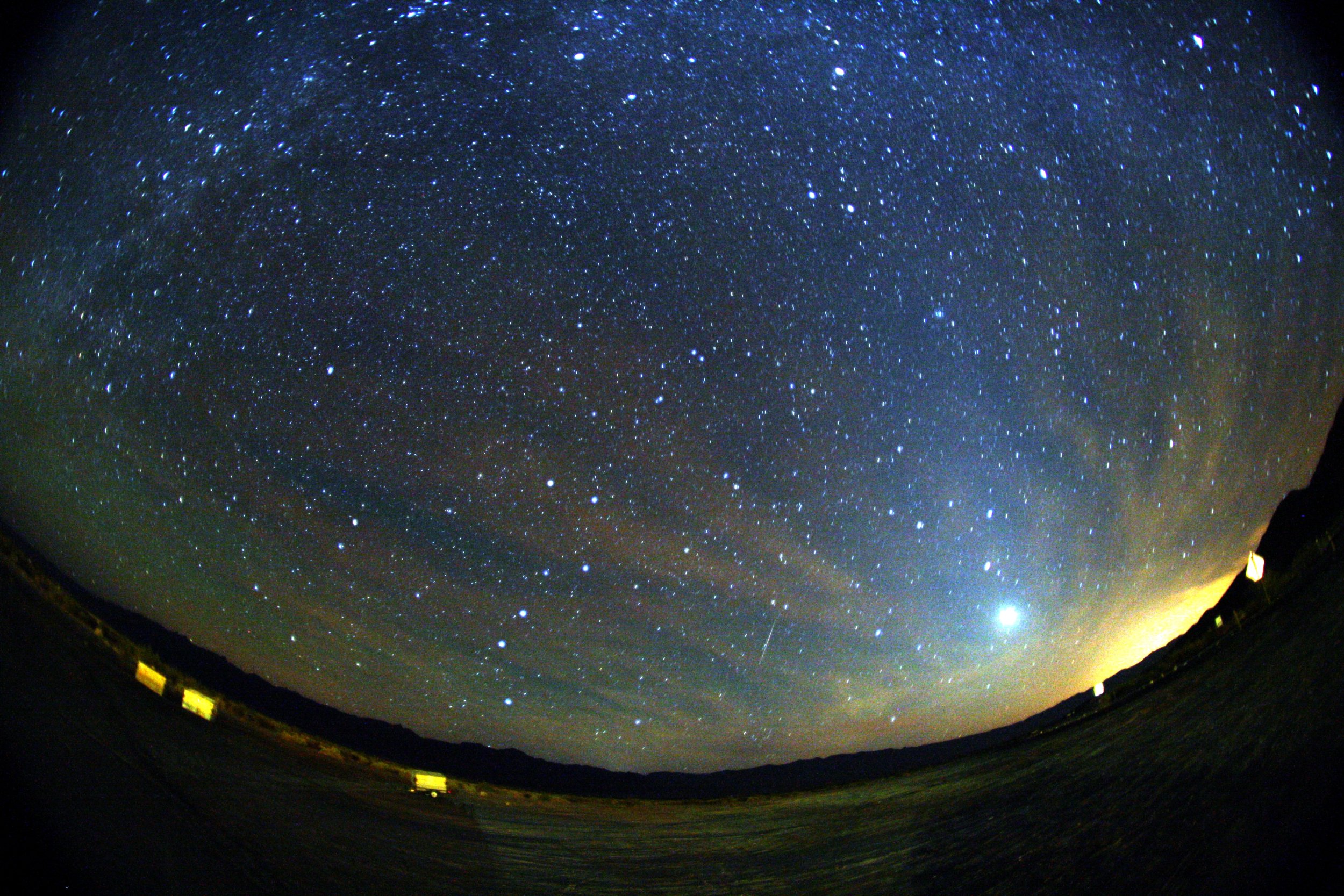KEY POINTS
- The 2022 Orionids are predicted to peak on the evening of Oct. 20 to 21
- Skywatchers should get ready for an all-nighter, as viewing is best until dawn
- When viewing, skywatchers should not forget to dress appropriately for the weather
Skywatchers are in for an exciting evening as the “beautiful” Orionid meteor shower is set to peak this week.
The Orionid meteor shower has been active since around Sept. 26, according to the American Meteor Society (AMS), and it’s set to peak on the evening of Oct. 20 to 21. Described by NASA as among the “most beautiful showers of the year,” the Orionids are known for particularly bright and speedy meteors that leave “glowing trains.”
“The Orionids are also framed by some of the brightest stars in the night sky, which lend a spectacular backdrop for these showy meteors,” the agency noted.
The Orionids originate from the interaction of our planet with the debris trail of the famous Halley’s Comet. And while they’re considered to be a “medium strength shower,” they sometimes reach higher than regular activity that’s comparable to the famous Perseids in “exceptional years,” the AMS noted.
Such high activity isn’t expected for this year, according to the International Meteor Organization (IMO). However, meteor showers can be rather predictable.
“(O)nly by observing this activity will we know for certain what occurs,” the IMO noted.
So, how can one observe the Orionids? Anyone can catch a glimpse of them, as no special equipment is needed.
The Orionids are visible from both the Northern and Southern Hemisphere in the hours after midnight, according to NASA. Luckily, the light of the Moon won’t be much of interference to viewing this year, as it will only be about 20% full on the evening of the peak.
Skywatchers who would like to catch a glimpse of the Orionids should prepare for an all-nighter because they’re not expected to begin appearing until late in the evening.
“Orionid meteors are not visible until after 22:00 (10 p.m.) local summer time as the source of these meteors does not rise above the eastern horizon until then,” according to the IMO. “The best time to see these meteors is from 01:00 to dawn.”
This means that there will be a lot of time to catch the Orionids. As always, the best views are in darker areas that are far from artificial lights and have a wide view of the sky. Bring a blanket or a comfortable chair for the viewing, and make sure that one is dressed appropriately for the weather.
Remember to be patient, and give one’s eyes ample time to adjust to the dark. It may take about 15 to 20 minutes to begin to see the meteors.
Then, as NASA said, “all you have to do is look up and enjoy the show.”
Creative Commons







